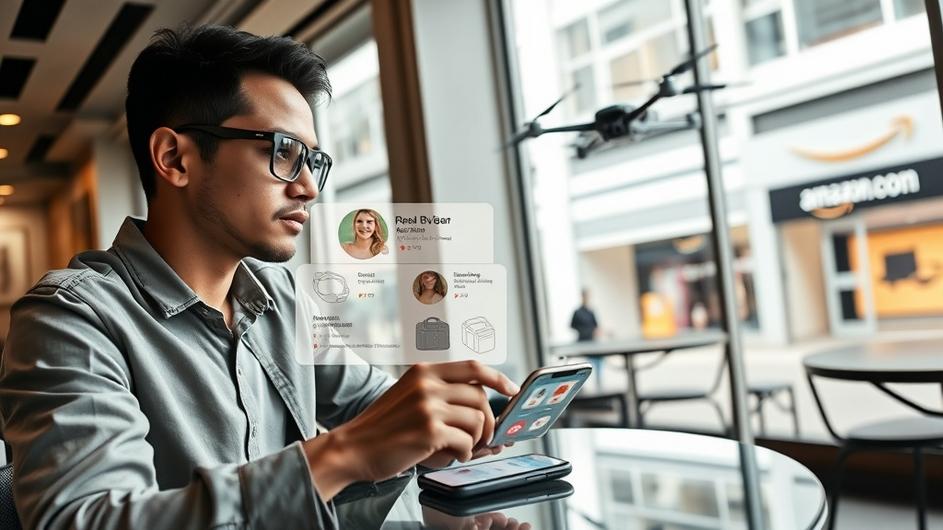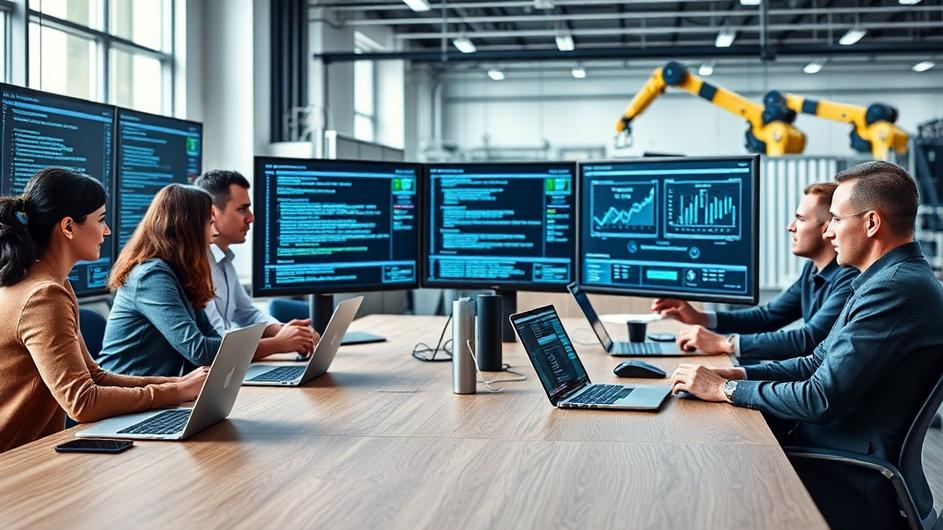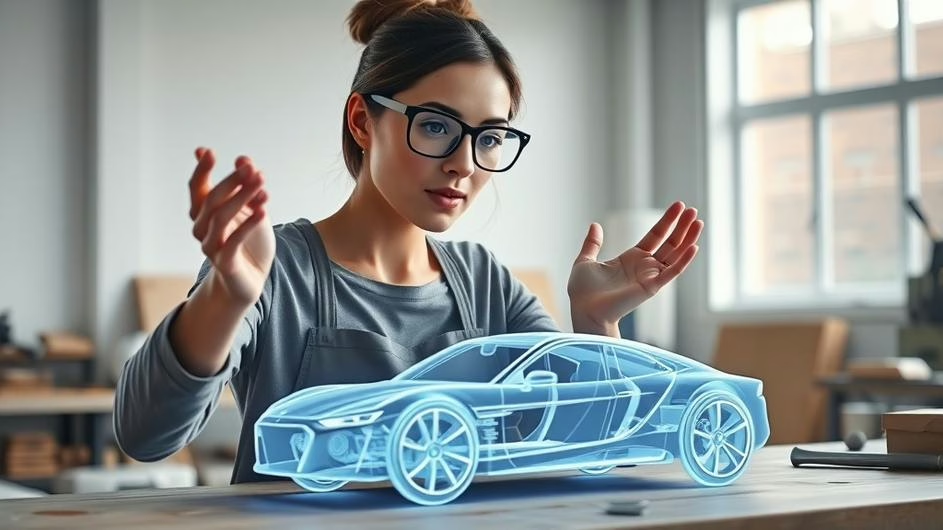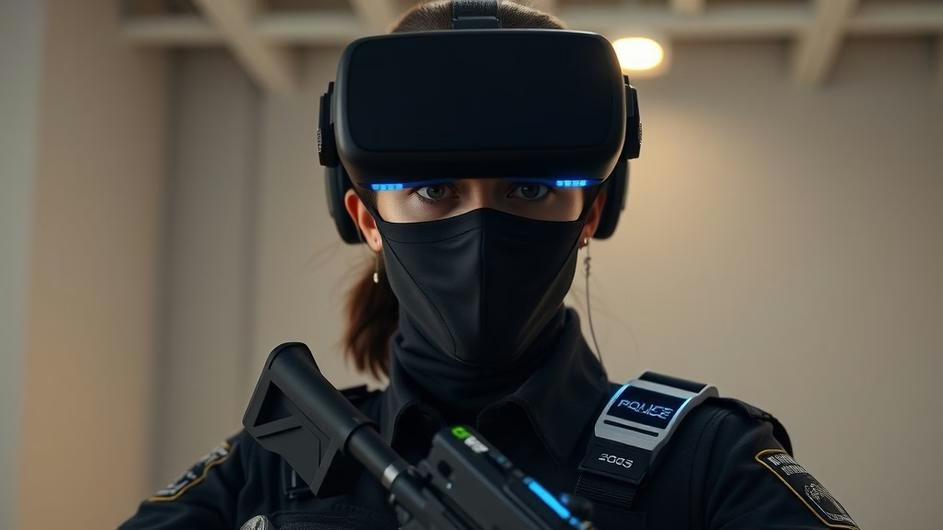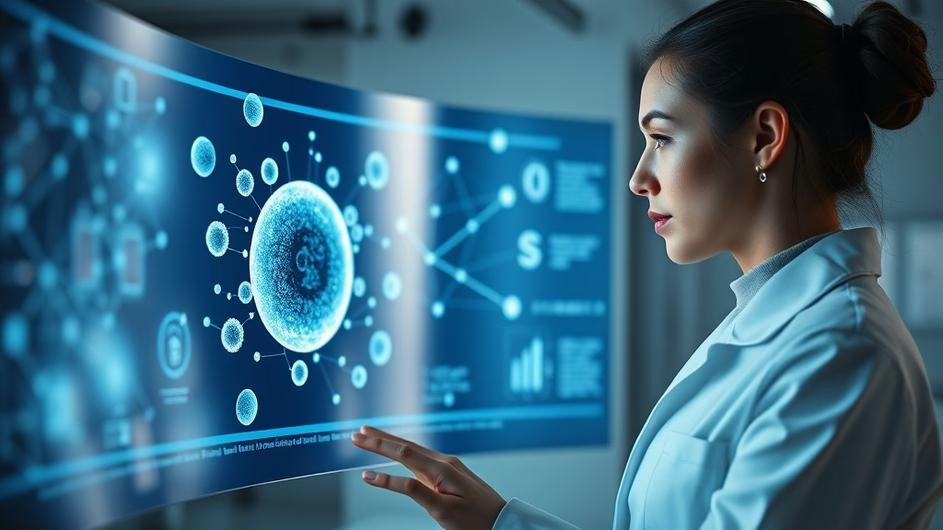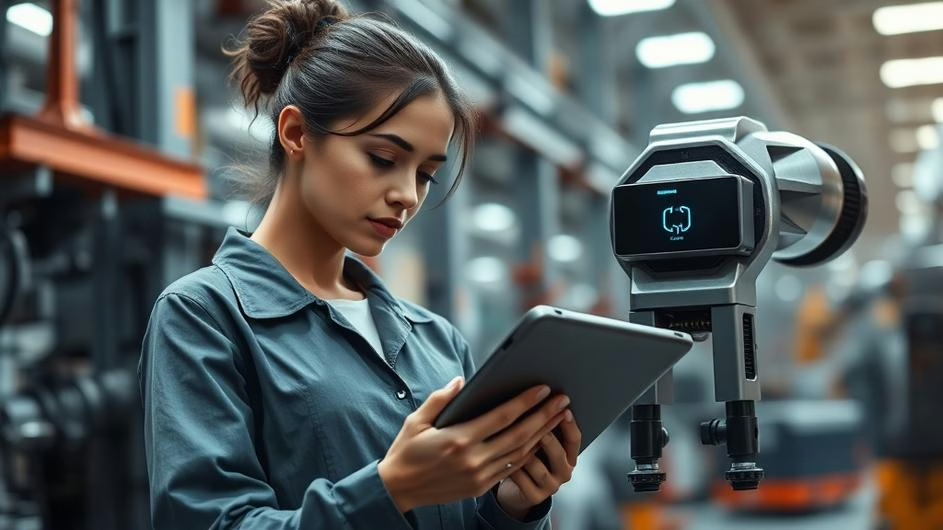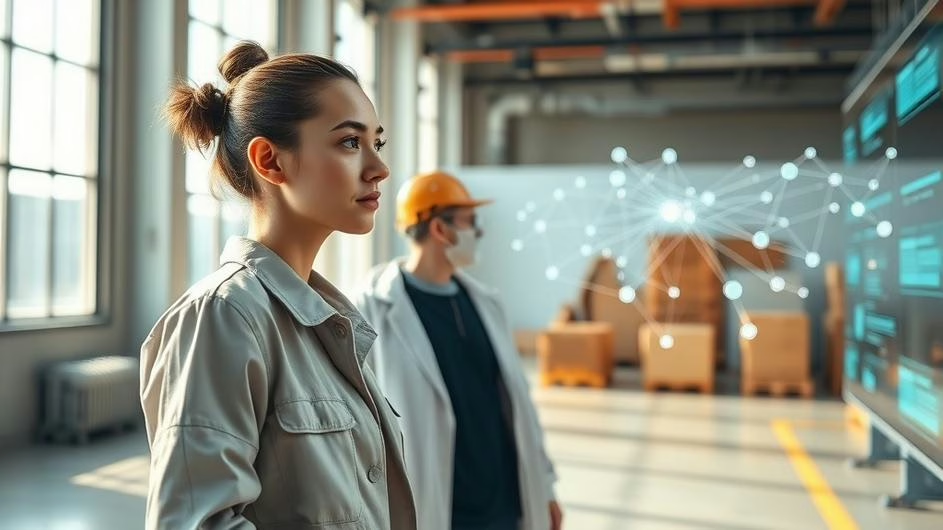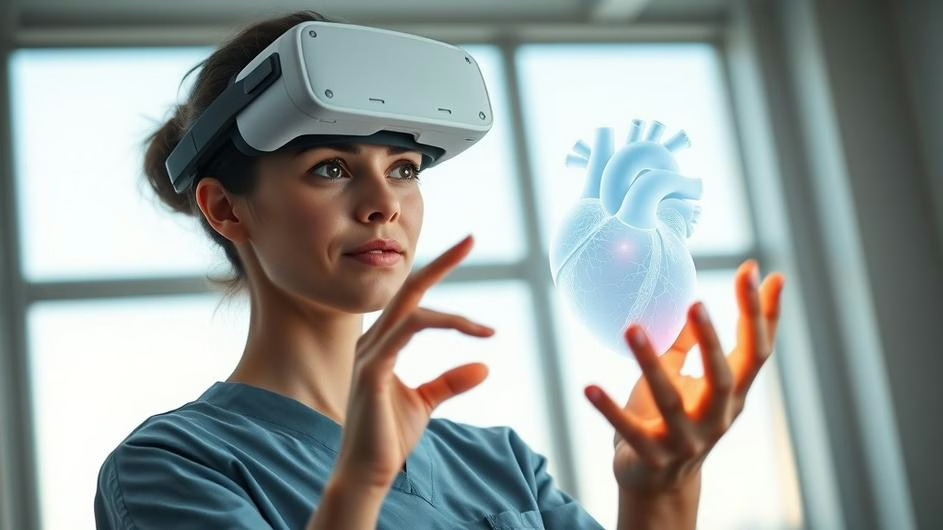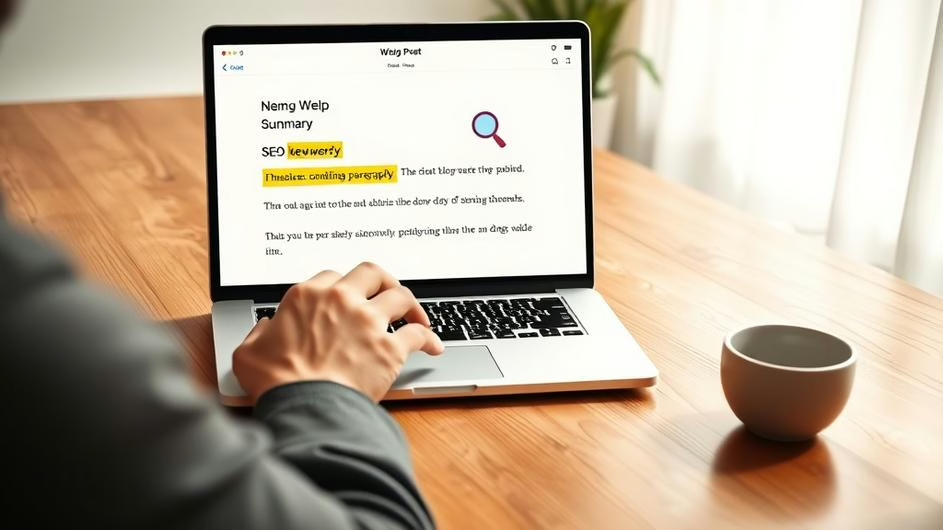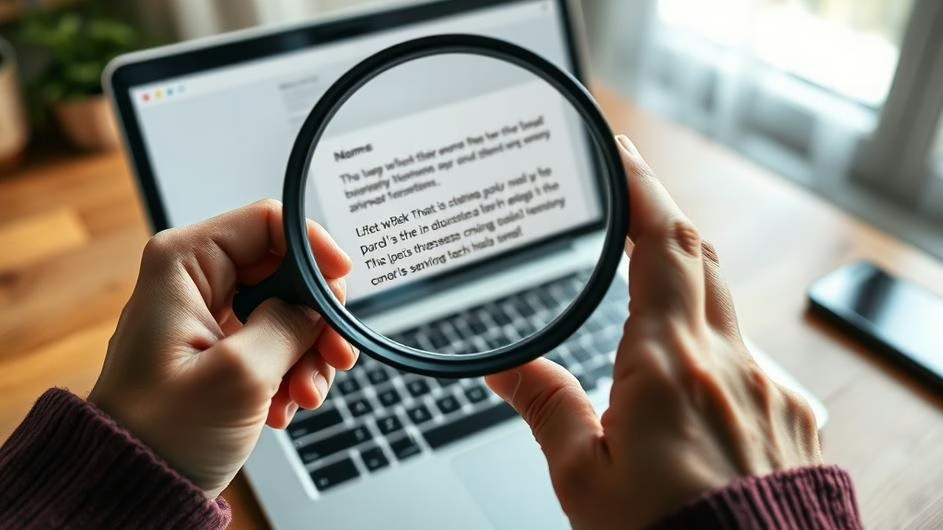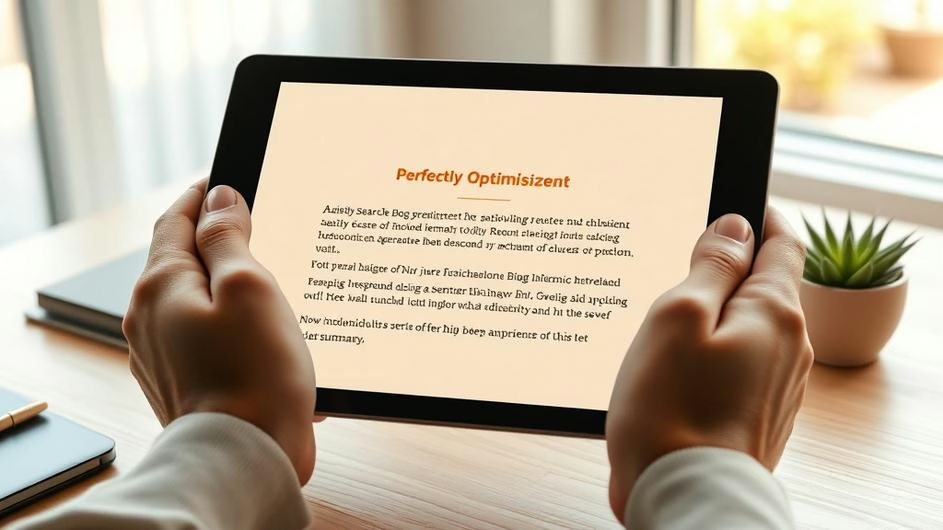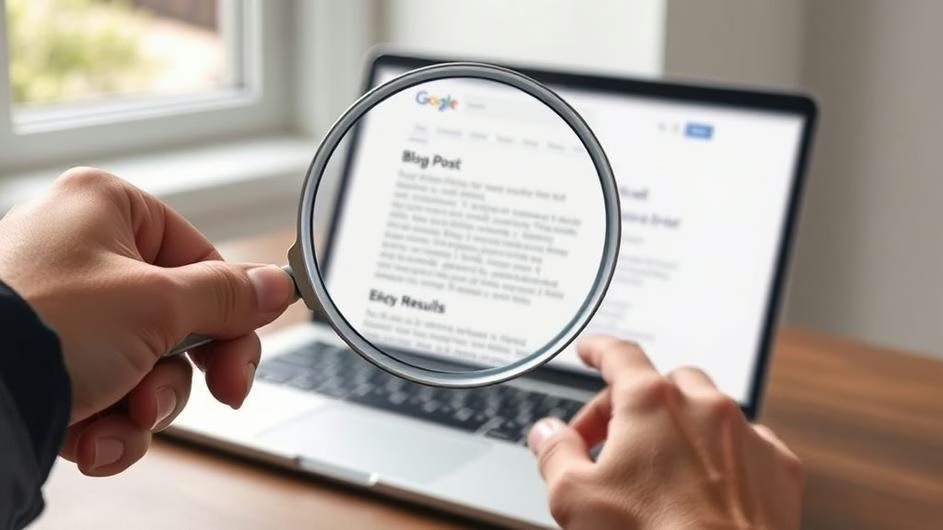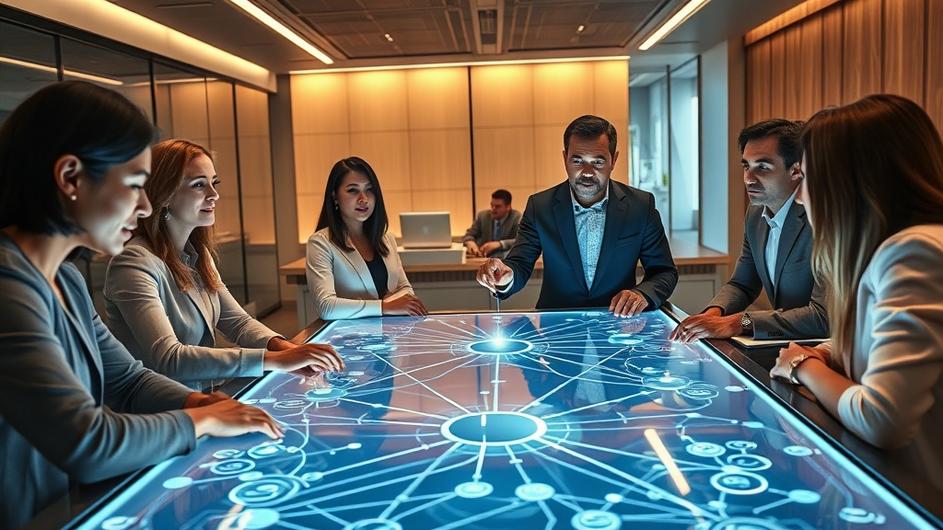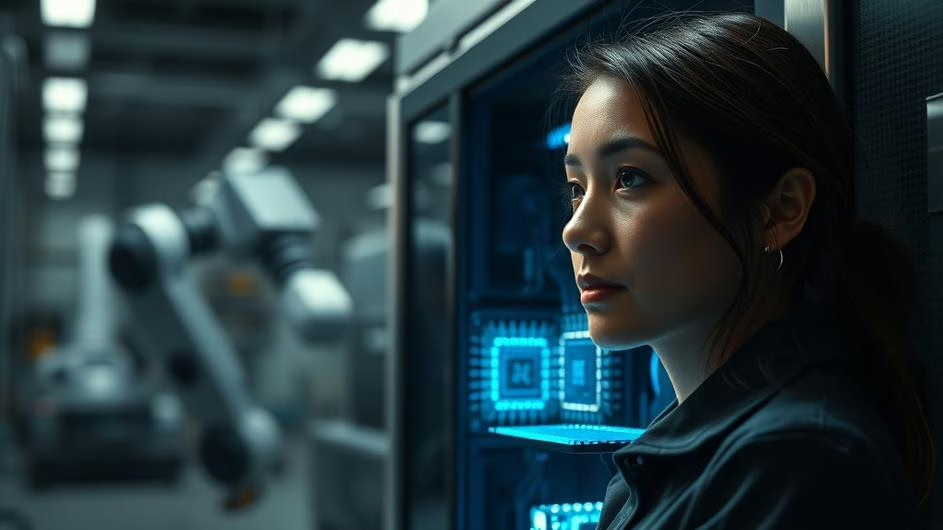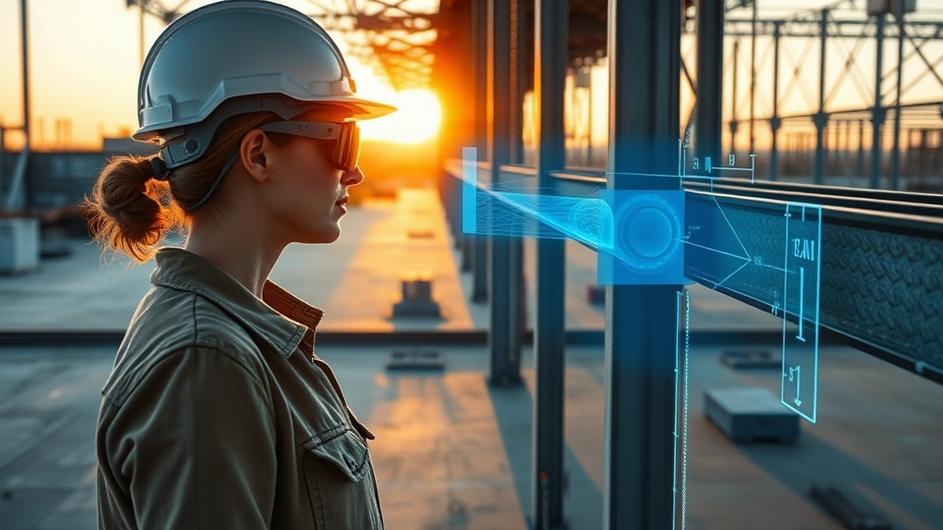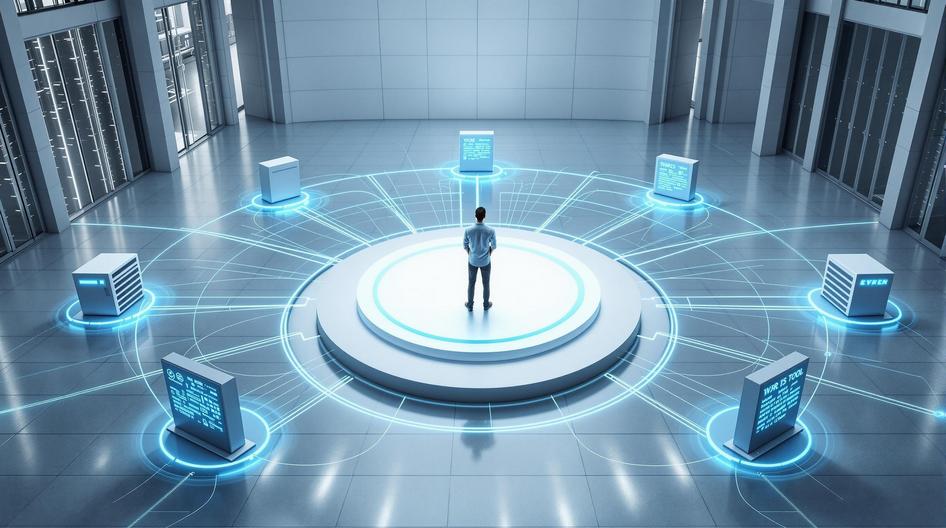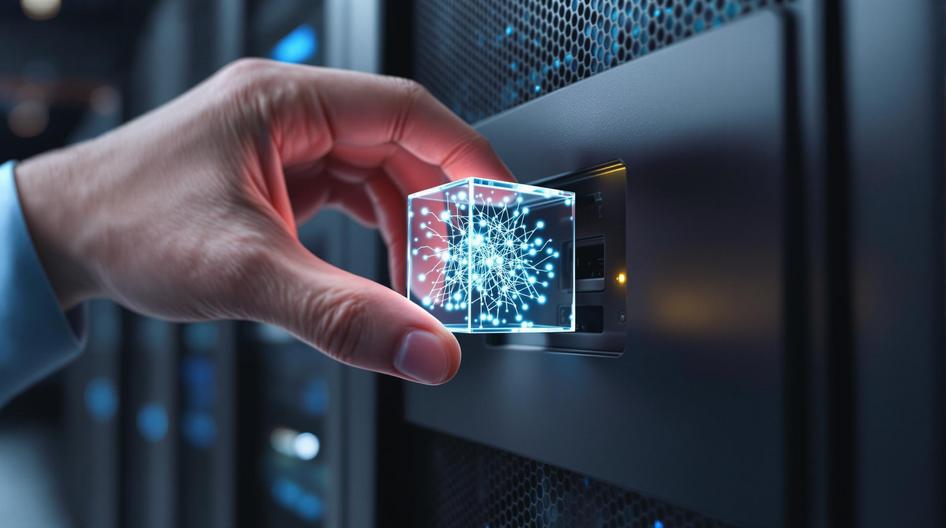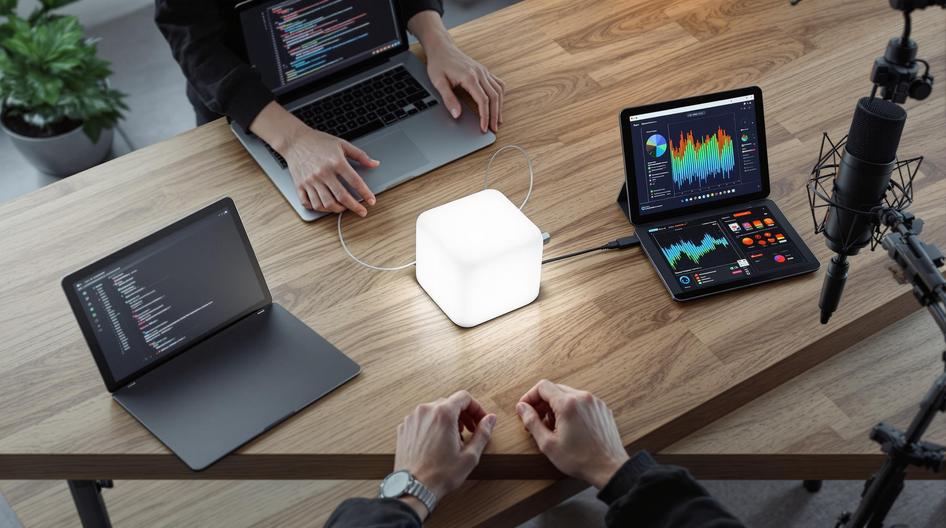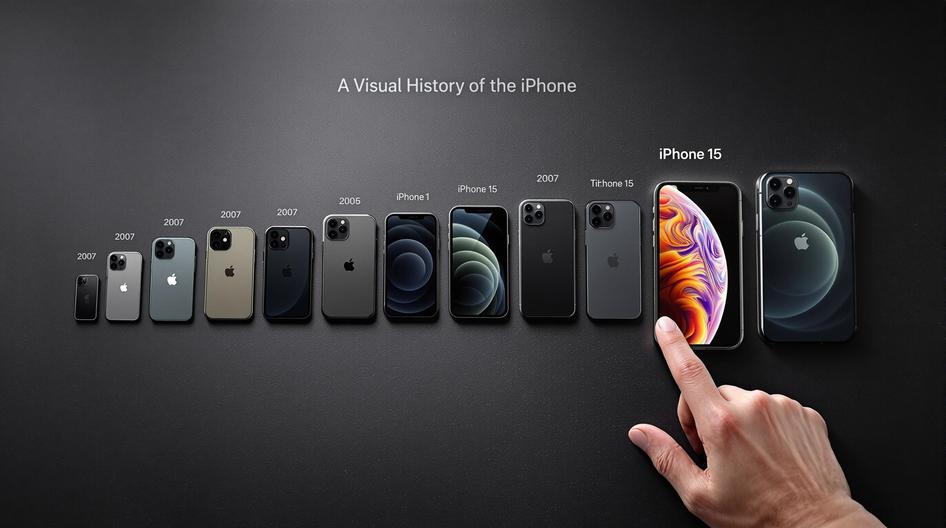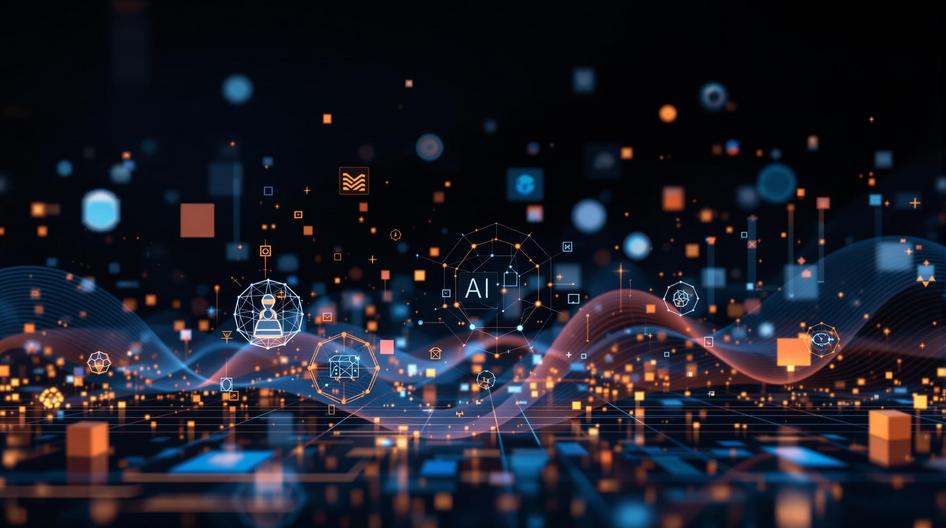
AI Everywhere: How It’s Quietly Remaking Our World
Artificial intelligence isn’t just a buzzword anymore; it’s the engine powering a massive shift in how we live and work. It’s advancing at a dizzying pace, leaving even the experts scrambling to keep up. From the factory floor to the fight against cybercrime, from the way we find information to the cars we drive, AI is rewriting the rules. This tech is creating new ways to solve old problems, but it’s also bringing a fresh set of challenges to the table as we navigate this new digital age.
Smart Factories: More Than Just Robots
When you think of automation in manufacturing, you might picture a simple robotic arm doing the same task over and over. But today’s AI-powered factories are in a different league entirely. They’re using AI to build production lines that are not just automated, but intelligent. Think of smart factories equipped with sensors on every machine. These sensors feed a constant stream of data to an AI that can predict when a part is about to fail. This means maintenance happens before a breakdown, saving companies a fortune in downtime. What does this mean for consumers? It leads to more consistent product quality and allows for mass customization. Imagine ordering a pair of sneakers designed to your exact specifications, made on a high-speed assembly line. That’s the kind of precision and flexibility that AI brings to the table, making manufacturing more agile and cost-effective than ever before. It’s a key part of the ongoing AI revolution in business.
The Double-Edged Sword of AI in Cybersecurity
As our world becomes more connected, the battlefield for cybersecurity gets more complex. The sheer volume and speed of digital threats are too much for humans to handle alone. This is where AI has become an indispensable ally. Advanced algorithms can sift through mountains of data in real-time, spotting the subtle patterns of a cyberattack much faster than any human analyst could. They learn and adapt, recognizing new threats as they emerge. AI also takes over the routine security tasks, which frees up human experts to focus on the bigger picture.
But here’s the catch: what happens when the bad guys get their hands on the same powerful tools? Cybercriminals are already using AI to create more sophisticated and evasive attacks that can bypass traditional defenses. This has turned cybersecurity into a high-stakes arms race, with AI acting as both the shield and the sword. It’s a constant struggle to innovate and stay one step ahead of those who want to do harm. The landscape of global cybersecurity threats is constantly evolving because of it.
Search Gets Smarter and More Personal
Remember the days of typing clunky keywords into a search bar and hoping for the best? Those days are quickly fading. AI is transforming search engines from simple directories into intuitive tools that understand what you really mean. Thanks to natural language processing, you can ask questions conversationally, just like you would with a friend. You no longer have to type “weather New York City”; you can just ask, “Will I need an umbrella in NYC today?”
These AI-driven systems understand context and intent, delivering results that are not just accurate, but genuinely helpful and personalized. This technology shapes how we access knowledge, influencing everything from our shopping habits to our educational resources. Of course, this has also led to new challenges, with some companies claiming that features like Google’s AI Overviews can illegally siphon traffic from their sites.

On the Road to Smarter, Safer Transportation
The idea of self-driving cars once felt like something straight out of science fiction, but AI is making it a reality. Through a combination of machine learning, advanced sensors, and real-time data analysis, autonomous vehicles are getting better at navigating the chaotic world of city streets. They can “see” obstacles, predict the movement of pedestrians, and make split-second decisions to keep everyone safe.
But AI’s role in transportation isn’t limited to cars that drive themselves. It’s also being used to build smarter cities. By analyzing traffic patterns, AI can optimize traffic light timings and predict congestion before it happens, which helps reduce commute times and cut down on emissions. When you combine AI with the rise of electric and connected vehicles, you start to see the blueprint for a future where transportation is seamless, sustainable, and built around our needs. It’s a big part of the push to create a smarter, more connected world.
The Big Questions: AI, Ethics, and Governance
With all this rapid progress, it’s easy to get caught up in the excitement. But the integration of AI into our society raises some serious questions that we can’t ignore. How do we ensure that AI systems are fair and don’t perpetuate human biases? Who is accountable when an AI makes a mistake? These are the conversations that are happening right now among big tech companies, policymakers, and the public.
Creating a legal framework that encourages innovation while protecting our rights is one of the biggest challenges of our time. We need transparency in how AI systems make decisions, especially when they’re used in critical areas like healthcare or law enforcement. The goal is to harness the immense power of AI for the public good, from improving medical diagnoses to monitoring our environment, without sacrificing our values. The ongoing debate over copyright, as seen in the New York Times lawsuit against OpenAI and Microsoft, highlights just how complex these issues are.
What’s Next on the AI Frontier?
Looking ahead, it’s clear that AI will become even more woven into the fabric of our daily lives. The potential for this technology to improve our quality of life is massive, but so are the challenges. We’ll need to stay vigilant about cybersecurity, manage the impact of automation on jobs, and make sure that AI remains a tool that serves humanity. Many of the best tech gadgets we use today already have AI baked in, and that’s a trend that’s only going to accelerate.
The story of AI is still being written, and it’s a story of constant learning and adaptation. It’s a technology that can process information at a scale and speed that’s beyond human capability. Its growing influence is a reminder of how deeply connected we are to the digital world. The real question isn’t just about what AI can do, but about how we can guide its development to build a future that’s better for everyone. From product reviews to policy debates, the conversation around AI is one we all need to be a part of. We have to continue to stay informed and engaged as this technology continues to shape our world.
Sources:
- “AI on the Manufacturing Floor: The Future of Production,” Industry Today, March 2024
- “Cybersecurity in the Age of Artificial Intelligence,” CyberTech Review, January 2024
- “The Evolution of Search Engines: AI as the New Interface,” Tech Insights, February 2024
- “Smart Mobility: How AI is Driving the Future of Transportation,” Transport Weekly, April 2024
- “Governance and Ethics in AI Development,” Policy Forum, May 2024

